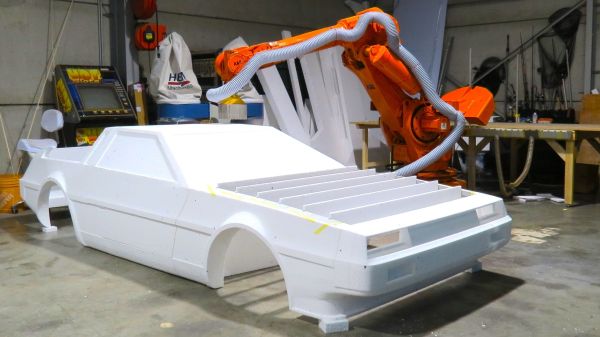Welcome to 2024! This time around, Elliot and Dan ring in a new year of awesome hacks with quite an eclectic mix. We kick things off with a Pluto pity party and find out why the tiny ex-planet deserved what it got. What do you do if you need to rename a bunch of image files? You rope a local large-language model in for the job, of course. We’ll take a look at how pinball machines did their thing before computers came along, take a fractal dive into video feedback, and localize fireworks with a fleet of Raspberry Pi listening stations. Ever wonder what makes a GPS receiver tick? The best way to find out might be to build one from scratch. Looking for some adventure? A ride on an electroluminescent surfboard might do, or perhaps a DIY “Vomit Comet” trip would be more your style. And make sure you stick around for our discussion on attempts to optimize surgery efficiency, and our look back at 2023’s top trends in the hardware world.
Grab a copy for yourself if you want to listen offline.
Continue reading “Hackaday Podcast Episode 251: Pluto, Pinball, Speedy Surgery, And DIY GPS”

















